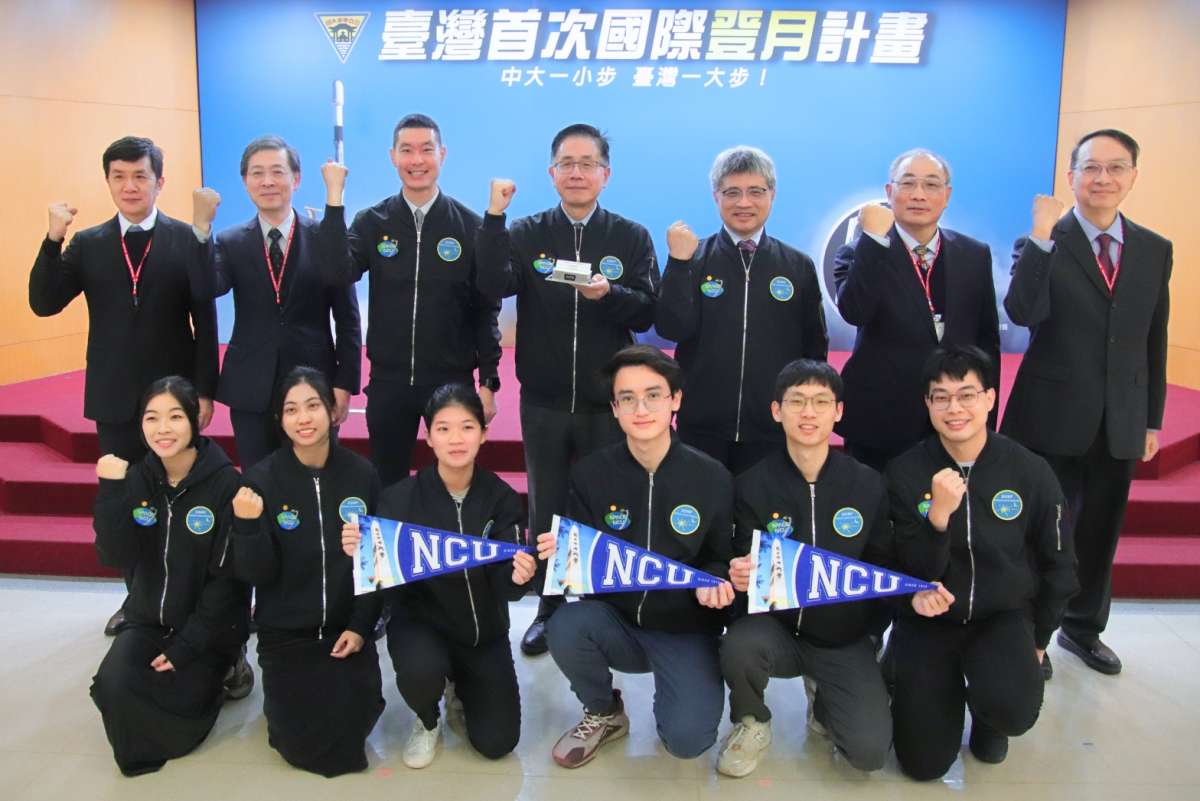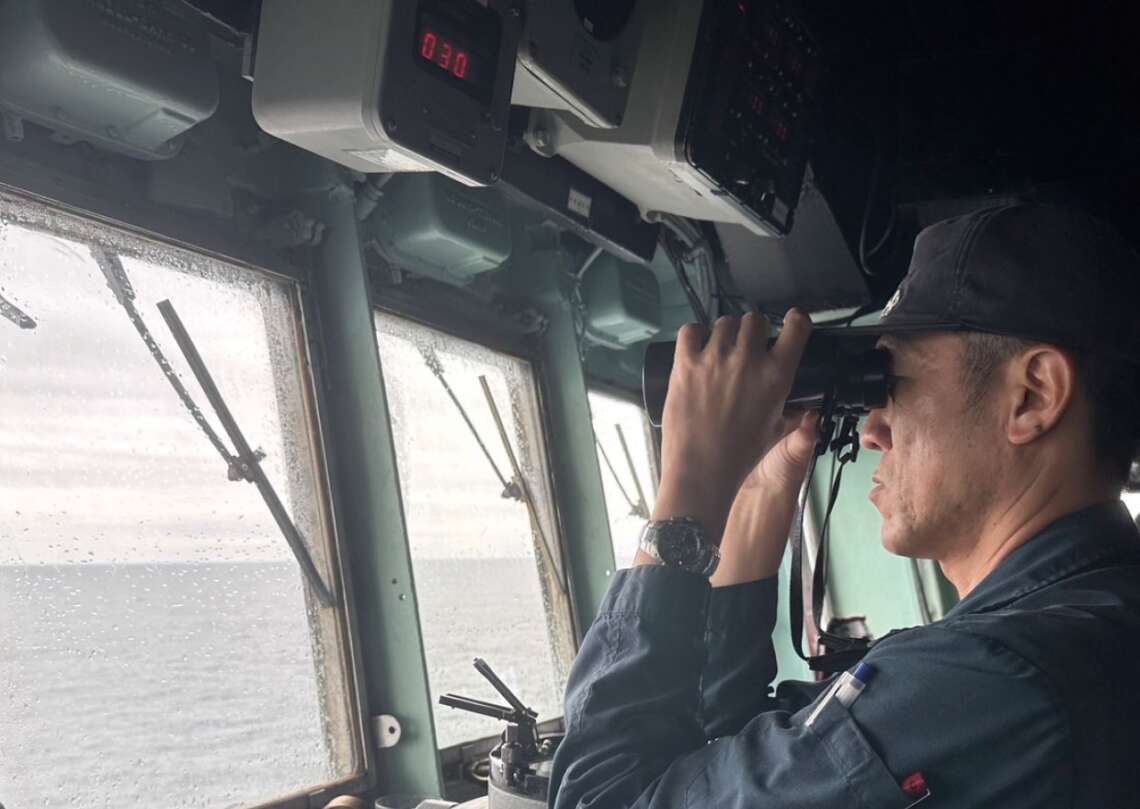Deep space, over 2,000 kilometres from Earth, presents harsh radiation conditions, impacting both life forms and technological products…reports Asian Lite News
Taiwan’s National Central University announced the country’s first lunar mission on Monday, revealing that a Deep Space Radiation Probe (DSRP) developed by its faculty and students is scheduled to launch in Japan as early as the fourth quarter of this year, Central News Agency Taiwan reported on Monday.
Deep space, over 2,000 kilometres from Earth, presents harsh radiation conditions, impacting both life forms and technological products, according to Loren Chang, chair of the Department of Space Science and Engineering at National Central University.
The DSRP weighs 400 grams and is slightly larger than the size of a hand. It is designed to study the radiation environment in deep space and its impact on technology from its four-month journey to the moon, providing a reference for future space missions and the design of space and electronic products.
Central News Agency Taiwan reported that after successful ground tests, demonstrating radiation tolerance, the DSRP was transported to Japan’s JAXA Tsukuba Space Center in December last year and will be integrated into the HAKUTO-R Mission 2 lunar lander developed by ispace, a Japanese private lunar exploration company and partner in this moon-landing mission.
When asked how he is feeling, Changa said that he is experiencing a mixture of excitement and nervousness about the upcoming mission.
“We’ve done the best we can in terms of design and verification, so we’re confident that we can accomplish our mission and we’re sure that through this entire process, we’ll learn a lot more that will be beneficial for future missions.”
Central News Agency Taiwan reported that addressing the challenges faced during the 21-month development period, Chang mentioned time constraints as a significant factor since the delivery deadline was set in December of the previous year.
“We went through many previous iterations where we designed, fabricated, tested and then of course we had to revise our design to clear certain issues we found with each revision,” said Chang, adding that the current DSRP is the fifth version.
Chou Yi-hsuan, a fourth-year student in the Department of Space Science and Engineering, shared insights gained from one of the mistakes in the verification stage, Central News Agency Taiwan reported.
“We had to identify issues related to low temperature or abnormalities under vacuum conditions that led to the problem. Step by step, we found the mistake and fixed it,” she said.
Reflecting on the experience of delivering the DSRP in Japan, Chou expressed happiness. “We were really happy when we finally went to Japan as it was something we had been working on for two years, and we could finally deliver our project.” (ANI)
ALSO READ: Imran Khan, wife sentenced to 14 years in Toshakhana case














